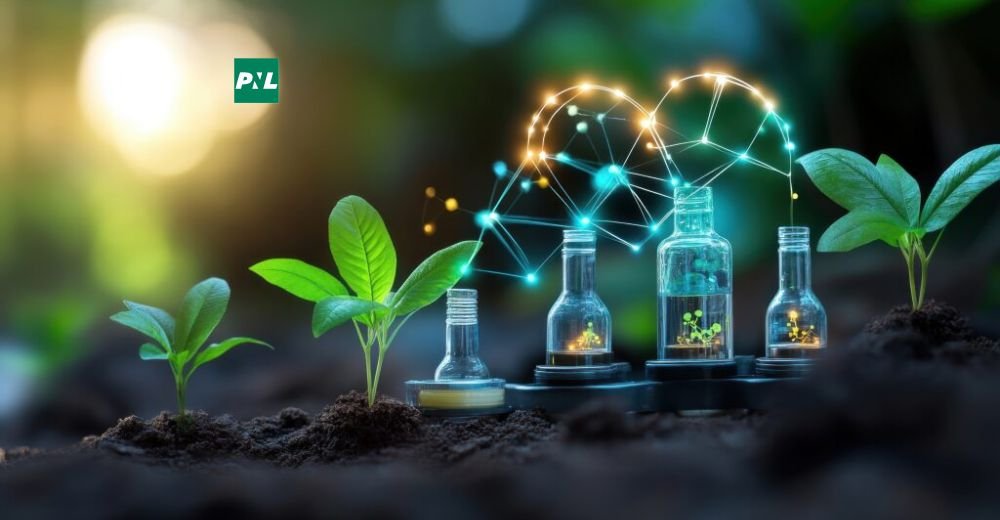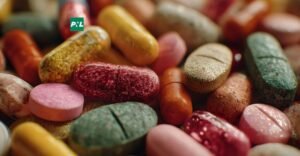Green Practices for Pharma
The pharmaceutical industry has a long history of being the cornerstone of global healthcare innovations. Among the many forms of drug delivery options, oral solid dosage (OSD) formats such as tablets, capsules, and powders still dominate a majority of the market share, globally, with an estimation of 60%.
However, growing environmental concerns and the strengthening of regulatory rules are reshaping how the products are made. In recent years, pharmaceutical companies have introduced the practices of eco-friendly production that reduce the overall effect of OSD on the environment. The green initiatives are not only helpful to the planet, but they also lead to better operational efficiency.
Need for a Sustainable Pharma Manufacturing
While the production of pharmaceuticals is a necessity for public health, it carries a substantial environmental cost. One of the main culprits is the active pharmaceutical ingredients (APIs) and production solvents, which pollute air, water, and soil. The scale of the issue is global; a recent study detected alarming levels of APIs in rivers spanning 104 countries, which highlights the ecological impact of the industry.
Sustainability has moved beyond being a corporate buzzword. Increasing pressure from the customer, regulators, and business partners are now taking environmentally responsible practices, not just as a competitive advantage but for getting access to the market and to become reputable in the long term.
Green Practices in Oral Solid Dosage Manufacturing
-
Waste Reduction and Circular Economy
Having eco-friendly manufacturing of the product is all about reducing the waste. Lean manufacturing strategies, recycling of packaging and some processing wastes, zero-liquid discharge wastewater treatment, and reclaiming valuable inputs from waste streams are now becoming standard practice.
Zero Liquid Discharge: Industrial wastewater does not terminate in the environment; it is treated, recycled, and then reused internally.
Recovery and recycling: Site-wide packages and process waste are diverted to landfills, while recovering solvents, excipients, and even energy.
-
Energy and Water Efficiency
OSD manufacturing is highly resource-intensive, especially when it comes to granulation, drying, and compression. This process is mainly focused on decreasing water consumption and energy, without sacrificing the quality.
Energy-Efficient Machine: Replacing old equipment with high-efficiency equipment and optimizing the production facilities lowers power consumption.
Water Conservation: Water-recycling systems and water-saving devices support environmental goals while reducing operational costs.
-
Sustainable Materials and Packages
Packaging is still one of the major contributors to pharmaceutical waste. Major business firms are implementing new technological solutions.
Major companies are now using biodegradable or recyclable materials in packaging, e.g., using paper trays instead of plastic.
Redesigning packages with the use of the least material and increasing the recyclable material is a sustainable way to decrease waste.
-
Innovations in Dosage Design
Taking green initiatives is also influencing pharma drug design and delivery. The development of OSD technology is reducing resource consumption and making things eco-friendly.
Dry Powder and Capsule Formulations: Gelatine and hydroxypropyl methylcellulose (HPMC) capsules are biodegradable, help to lower energy and material consumption.
Amorphous Solid Dispersion (ASD): ASD processes, in general, eliminate the use of harmful solvents, reduce waste, and may require up to 80% less packaging.
-
Green manufacturing technologies
Emerging technologies are also making it possible to monitor, optimize, and innovate in real-time.
Continuous Direct Compression (CDC): Eliminates high-energy-intensive granulation processes and saves water and solvents.
Challenges in Sustainable OSD Production
Shifting to the sustainable production of oral solid dosage (OSD) also does not come without difficulties. The companies should balance the need between cost control, scalability, and product quality. Achieving this balance requires significant investment into green technologies, continuous adaptation to evolving rules and regulations, and a strong commitment to research and development.
Conclusion
It is now abundantly clear that sustainability may lead to innovation, lower operational costs, and strengthen the reputation of the company. Whether it is the use of biodegradable excipients or even streamlining the manufacturing process and switching towards renewable energy, pharmaceutical companies are recreating a greener future of medicine.
OSD manufacturing is in the process of becoming cleaner, safer, and more responsible through the integration of green chemistry principles, the adoption of circular economy practices, the implementation of energy- and water-saving technologies, and the adoption of sustainable materials and packaging, delivering benefits for patients, the industry, and the planet alike.




